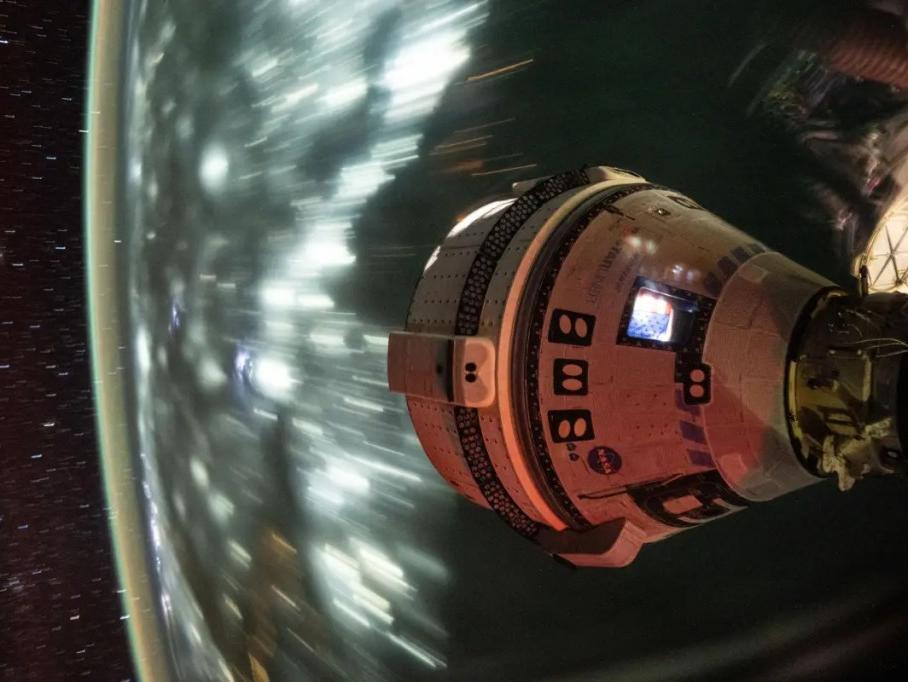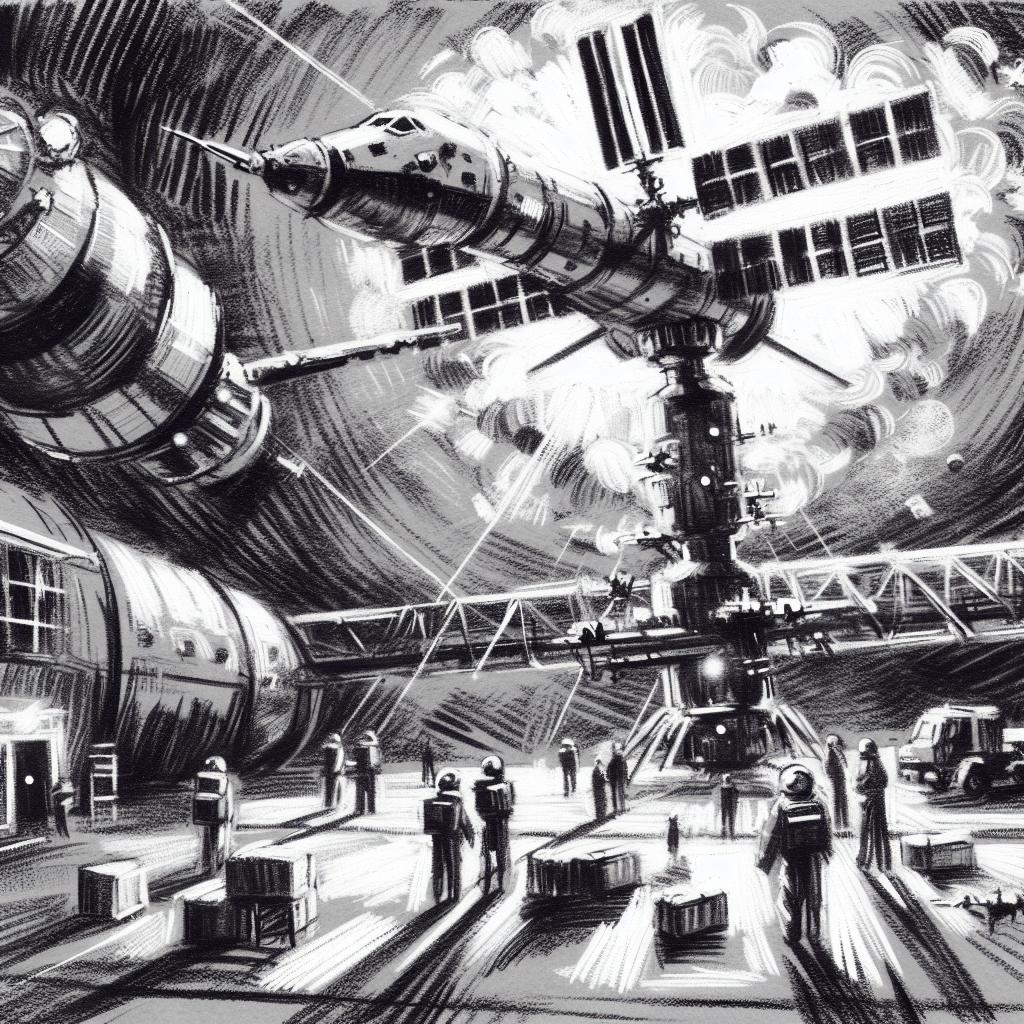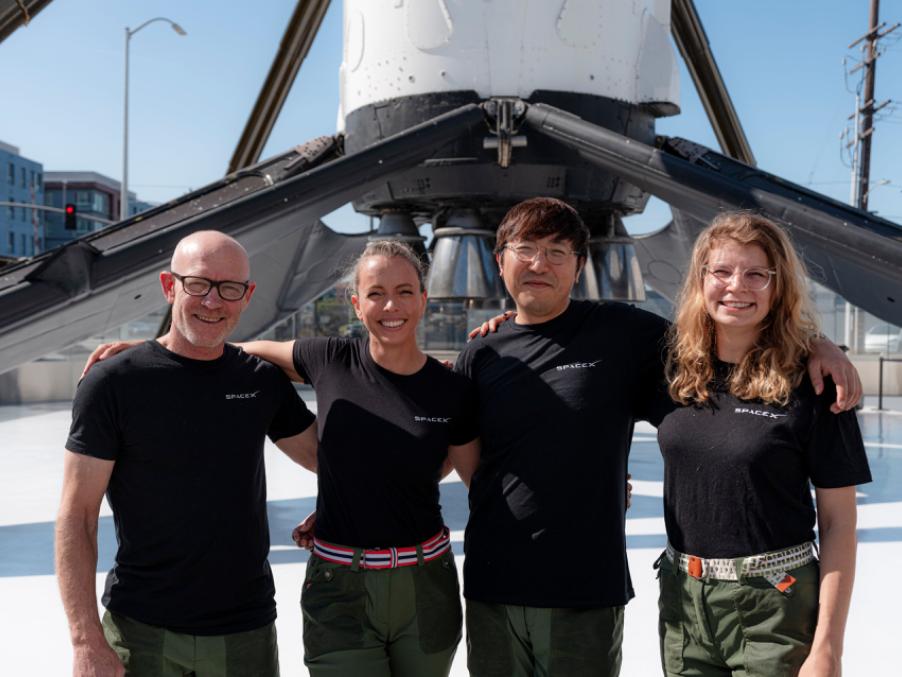NASA has made the critical decision to bring astronauts Butch Wilmore and Suni Williams back to Earth using a SpaceX Crew Dragon spacecraft in February 2025, abandoning the original plan to use Boeing’s Starliner. This decision comes after persistent issues with the Starliner’s propulsion system, including thruster failures and helium leaks, which were detected during its maiden crewed flight to the International Space Station (ISS) in June.NASA Administrator Bill Nelson emphasized the priority of crew safety, stating, ‘NASA has decided that Butch and Suni will return with [SpaceX’s] Crew 9 next February and that Starliner will return uncrewed’. The astronauts, who were initially scheduled for an eight-day mission, have now been on the ISS for over 70 days and will remain there for approximately eight months.This development marks a significant setback for Boeing, which had hoped the Starliner mission would redeem the program after years of delays and ballooning costs. The company has invested over $1.6 billion in the Starliner program since 2016. Despite this setback, NASA officials, including Nelson, have expressed confidence that Starliner will fly again with a crew in the future.The decision highlights SpaceX’s growing dominance in space transportation. The company’s Crew Dragon has proven more reliable and cost-effective, having already completed multiple successful crewed missions to the ISS. The upcoming SpaceX Crew-9 mission, scheduled for late September, will now carry two astronauts instead of four, leaving room for Wilmore and Williams to return with them in February.This situation underscores the challenges and risks associated with space exploration and the importance of prioritizing safety in human spaceflight. As NASA continues to work with both Boeing and SpaceX, the agency remains committed to maintaining a diverse fleet of spacecraft for accessing the ISS and future deep space missions.
Key points
- NASA decides to return astronauts Wilmore and Williams on SpaceX Crew Dragon instead of Boeing Starliner due to safety concerns.
- Starliner’s propulsion system issues, including thruster failures and helium leaks, prompted NASA’s decision.
- The astronauts’ stay on the ISS has been extended from 8 days to approximately 8 months.
- This decision marks a setback for Boeing and highlights SpaceX’s reliability in space transportation.
Contradictions👾While most sources agree on the February 2025 return date for the astronauts, one source mentions late February, indicating a slight discrepancy in the exact timing.



